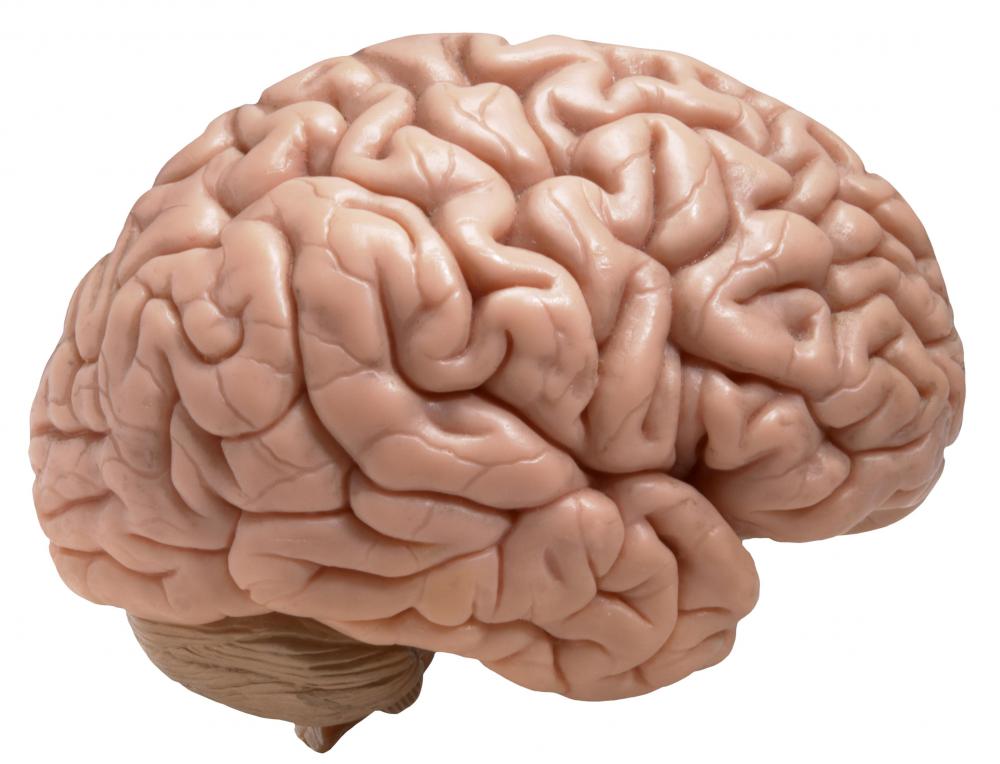At WiseGEEK, we're committed to delivering accurate, trustworthy information. Our expert-authored content is rigorously fact-checked and sourced from credible authorities. Discover how we uphold the highest standards in providing you with reliable knowledge.
What is Orphenadrine?
Orphenadrine is an oral medication used in the treatment of chronic pain. The medication works by affecting the central nervous system. Physicians use the medication to treat a number of diseases and disorders including Parkinson's. Its effects on mood have also made the medication a treatment option for depression. The side effects of the medication are mild and resemble those of antihistamines; drug interactions are rarely an issue.
Though orphenadrine cannot cure any underlying condition that causes pain, it provides strong palliative relief for many conditions. These conditions include joint pain, muscle tension, neuropathic pain, and many forms of headaches. This relief is achieved through the medication's affect on the central nervous system. An added benefit is that orphenadrine assists other prescription and non-prescription painkillers in the elimination of pain. This added relief does not come with any physiological or psychological dependency.

One of the earliest uses of orphenadrine was to treat the muscle spasms associated with Parkinson's disease. The medication quickly proved itself as an effective muscle relaxant for patients, with the reduction of pain resulting in an increase of quality of life. In the treatment of Parkinson's, the medication is most effective when paired with L-DOPA, a mediation that temporarily raises dopamine levels within the brain.

Though the medication is not widely used as an antidepressant, medical trials in the late 1950s proved that orphenadrine raises the mood of individuals classified as depressed. The advent of more practical antidepressants since that time has kept orphenadrine solely within the realm of pain management medication. Even today, though, patients report an increase in mood independent of that gained from pain relief.

As orphenadrine is a modified antihistamine, side effects are mild. The medication can have a stimulant effect on small children and the elderly. Drowsiness and dry mouth are also common side effects along with constipation. These side effects usually resolve within three to seven days after beginning treatment. Individuals with concerns over lasting side effects should consult their primary care physicians.

The same drug interactions that apply to antihistamines apply to orphenadrine. As drowsiness can impair one's ability to operate an automobile or other heavy machinery, those unsure about their reaction should postpone treatment until a weekend or other break in work. As many patients report joint and muscle stiffness upon succession of treatment, temporarily abstaining from physical activity and medications that may aggravate this side effect will lead to a quicker recovery.
AS FEATURED ON:
AS FEATURED ON:
















Discuss this Article
Post your comments